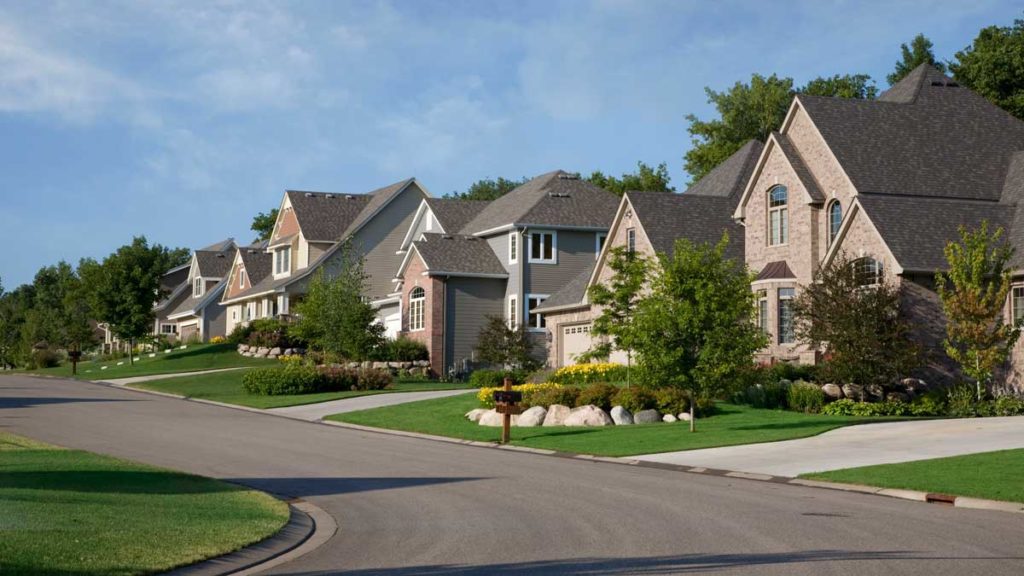Not so long ago, there were several roofing options. Today, there are many types of advanced roofing materials you can find in the market.
When considering roofing materials, your key goal is to have one, which can waterproof and protect the whole building. Still, you will not be able to underestimate the impacts, which roofs may have on the style and appearance of your home.
This is why you need to narrow down to the following materials, which are believed to have withstood the test of time:
1. Rolled Roofing
This material is the backbone of many low-slope residential roofs and outbuildings, such as sheds, shops, and utilitarian structures. It also comprises long rolls of asphalt-impregnated material and mineral-impregnated material, topped with granules. Every roll is around 100 square feet long and approximately three feet wide.
These big-format strips of roofing materials provide an inexpensive, fast, and convenient way to cover sloped-roof buildings, such as workshops, where appearances don’t matter. You can also apply rolled roofing with roofing nails or the torch-down method.
2. Slate
A slate is a rock, which is cut by fracturing along the grain so as to make thin slabs of stones. These slates will then be installed on flat surfaces to have an attractive and durable roof system.
Plus, slate roofing is fire-resistant, durable, and waterproof. If you install it properly, it may last for hundreds of years.
3. Asphalt Shingles
For many years, asphalt shingles have been dominating the market. In addition, it has been the number one choice for most homeowners across the US. Although they are predominantly used, the number of installation on residential houses are decreasing, paving the way to more effective solutions.
Asphalt shingles also come with different features, which most homeowners still find very helpful. Plus, they are affordable in the market and offer durability and quality for their price.
4. Cedar Roofing
Most roofing materials are easier and more affordable to install than cedar roofs. However, none may compare to the distinctive texture and natural beauty of western red cedar.
There are two forms of cedar roofing. They include shakes and shingles. According to builders, shingles are more uniform, thinner, and smoother.
On the other hand, shakes are rougher and thicker. Some are usually sawn from logs, whereas others are hand-split for the uneven and rugged surface.

5. Ceramic Tiles
Ceramic roof tiles can last for more than six decades, especially when you take good care of them. Apart from looking great when paired with a copper rain gutter, they may add more uniqueness to a building and guarantee durability.
You will need to install tiles to ensure they overlap. This will keep water from getting into your home. Though they don’t work properly in areas, which experience a lot of weather changes.
6. Plastic Polymer
Plastic polymer roofing can last for more than 48 years. They are created to look similar to wood shingles or slate, though they need less maintenance.
Plastic polymer roofs also have high hail ratings, and they can hold up properly in inclement weather. If you choose to use plastic polymers, be sure to find a manufacturer that uses recycled materials as they are more energy-efficient.
Concluding Remarks!
Roofs are an important part of every home. It is the key barrier to the elements, offering protection to you and your family from unfavorable weather conditions.
When you decide to buy a roofing material, ensure you prioritize its durability and quality. Remember to also consider your budget and ensure you use a material, which reduces the need for repair.






